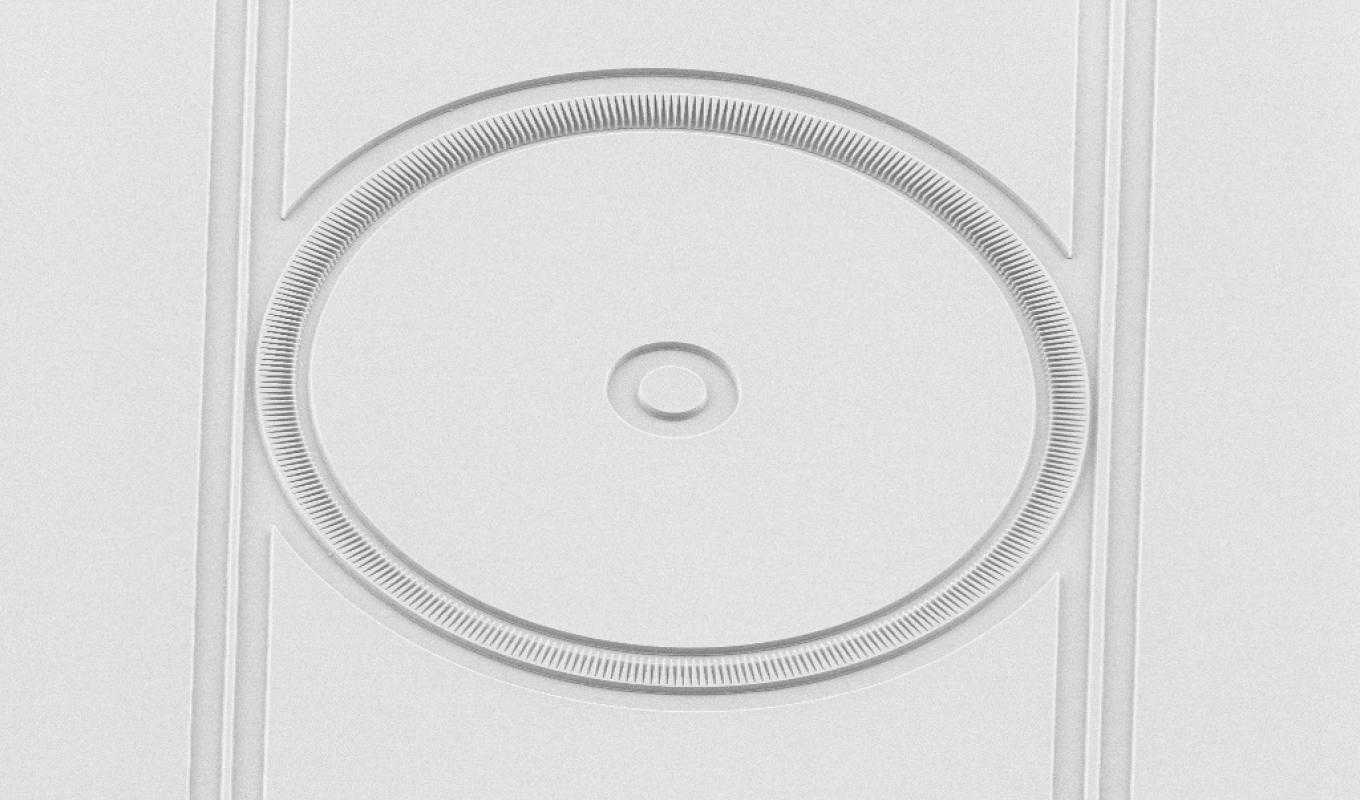New article on a high-performance optical microcavity platform
February 24, 2022
Optical microcavities are a basic tool for enhancing light-matter interactions, primarily through strong spatial and temporal field confinement.
Within integrated photonics, the most common optical microcavities are microring resonators, which support whispering gallery modes circulating around the device periphery, and photonic crystal defect cavities, which support highly localized modes that are confined with a photonic bandgap. These two platforms have been successfully used in many experiments, and we routinely use them in our nonlinear nanophotonics and electro-optomechanical transducer work, for example. Interestingly, these two classes of microresonator geometry have very complementary attributes in some respects. In particular, whispering gallery resonators tend to support multiple high quality factor modes and are very straightforward to design and couple to access waveguides, but in general do not confine optical fields as strongly as possible. Photonic crystal defect cavities offer much stronger field confinement, but realizing such confinement while retaining high cavity quality factors typically requires detailed electromagnetic design, and mutlimode applications (especially with broadly separated wavelengths) has often remained elusive.
In a recent paper, we describe an approach to combining the advantageous aspects of these two platforms to create photonic crystal microring cavities. Our photonic crystal microrings support a variety of high quality factor modes, including strongly localized defect modes, slow-light band-edge modes, and conventional whispering gallery modes, and are very straightforward to design and realize. We anticipate their potential use in a number of applications in which enhancing light-matter interactions is important.
This work, led by Xiyuan Lu and in collaboration with Andrew McClung from the University of Massachusetts at Amherst, has also been highlighted by NIST, UMass, and in some science media: https://phys.org/news/2022-01-gear-device-high-optical-quality.html.
Lu, X., A. McClung, and K. Srinivasan, "High-Q slow light and its localization in a photonic crystal microring", Nature Photonics, vol. 16, pp. 66-71, 2022.
Experts
People
![a photo of a man wearing a blue and white checked shirt in front of greenery]()
Kartik Srinivasan
Adjunct Professor, JQI Co-Director
